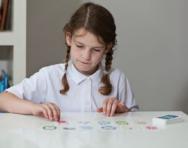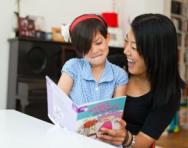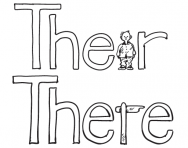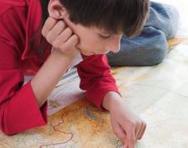Learning tips for kinaesthetic learners

What are learning styles?
Please note that the learning styles theory has been questioned by neuroscientists and educational experts and many teachers have moved towards the use of other, more evidence-based, methods in the classroom. This article is intended to give an overview of the theory as it may still be mentioned during your child's time at primary school.

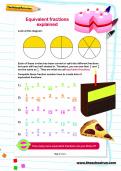
Boost Your Child's English & Maths!
- Weekly programme for each school year
- Worksheets sent direct to your inbox
- Keeps your child's learning on track
A learning style is a natural preference for learning in one way or another. The best known theory of learning styles is the VAK model, a concept coined by New Zealand teacher Neil Fleming in 2001. Fleming’s observations led him to propose that children fall into one of three learning styles: visual (learning by sight), auditory (learning by listening) or kinaesthetic (learning by moving and doing).
Today, many teachers feel that there’s a far wider spectrum of learning styles, but understanding whether your child taps into visual, auditory or kinaesthetic skills could help boost their learning.
Kinaesthetic learning explained
Kinaesthetic (or physical) learners are those who learn best when they’re doing something physical or practical. Even when they’re not engaged in a practical task, moving while they’re working (such as swinging their legs or tapping their pencil on the table) actually helps them learn, rather than distracting them from the task in hand. Without external stimulation or movement, they tend to lose focus and become distracted.
They tend to prefer active subjects like science, technology, drama and PE. Most Foundation Stage children learn by doing, but while some grow into other learning styles, others continue as kinaesthetic learners.
Spotting the signs of a kinaesthetic learner
If your child’s school report often comments on their inability to sit still, chances are they're kinaesthetic learners. These children are always fidgeting, and don’t like sitting still for long. They can’t resist touching the things around them, using their sense of touch to learn about the world.
Kinaesthetic learners are often very expressive in their body language and gesture, and prefer to show you things than explain them verbally. They like to try things out for themselves, and are often good mimics. Table-top activities like reading and writing are of less interest than practical tasks such as model-making and performing.
Helping your kinaesthetic learner with spellings and times tables
Your kinaesthetic child’s natural restlessness may mean their mind wanders when they're trying to learn spellings or times tables. To help them succeed, try introducing a physical element to these tasks. For example, they could practise spellings using chalk on the patio or magnetic letters on the fridge door, or, for times tables, you could use groups of beads or get them to ‘rap’ multiplication rather than just reciting by rote.
Top five learning strategies for kinaesthetic learners
- If your child’s teacher agrees, let them take a tactile toy such as a stress ball to school so they have a suitable object to fiddle with while concentrating on their work.
- Encourage them to use practical learning tools when appropriate, such as an abacus, a mini white board with dry wipe marker, Numicon or hundreds, tens and units blocks.
- Take short but regular breaks during quieter seated activities – or make sure they burn off steam during playtimes.
- Back up what they're learning in class with practical activities such as experiments, junk modelling, acting out stories or visiting interesting places that support topic work.
- Use physical actions to reinforce learning, such as counting on fingers or using phonics actions.
Homework tips for kinaesthetic learners
The golden rule when helping your kinaesthetic learner with homework is not to expect them to sit still for long. Don’t attempt homework as soon as they get home from school, and use a timer to break longer tasks into shorter chunks so they know how long they need to concentrate for.
Allow them to find their own comfortable position to work in: kinaesthetic learners often prefer to work sitting or lying on the floor. Provide lots of tactile resources for them to use, such as different writing implements, craft supplies and beads or blocks for counting, and look for ways to introduce a physical element to their homework, for example by acting out a page from a reading book.
Background music could help them concentrate, as kinaesthetic learners benefit from external stimulation.

Give your child a headstart
- FREE articles & expert information
- FREE resources & activities
- FREE homework help

